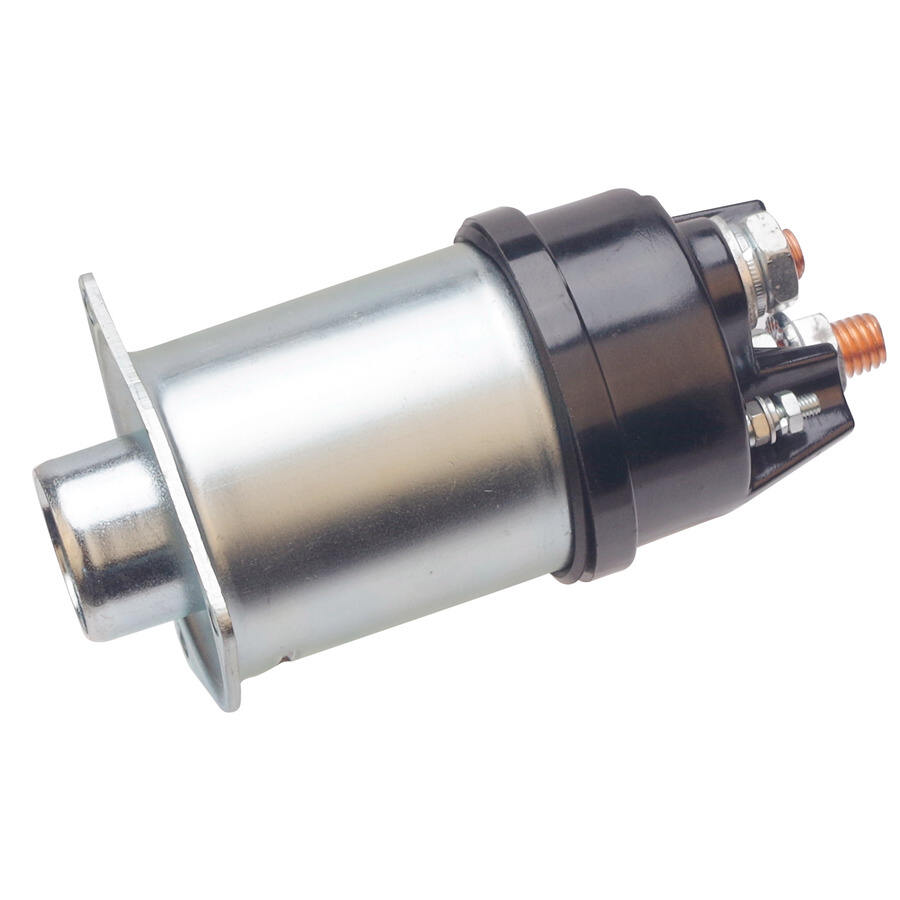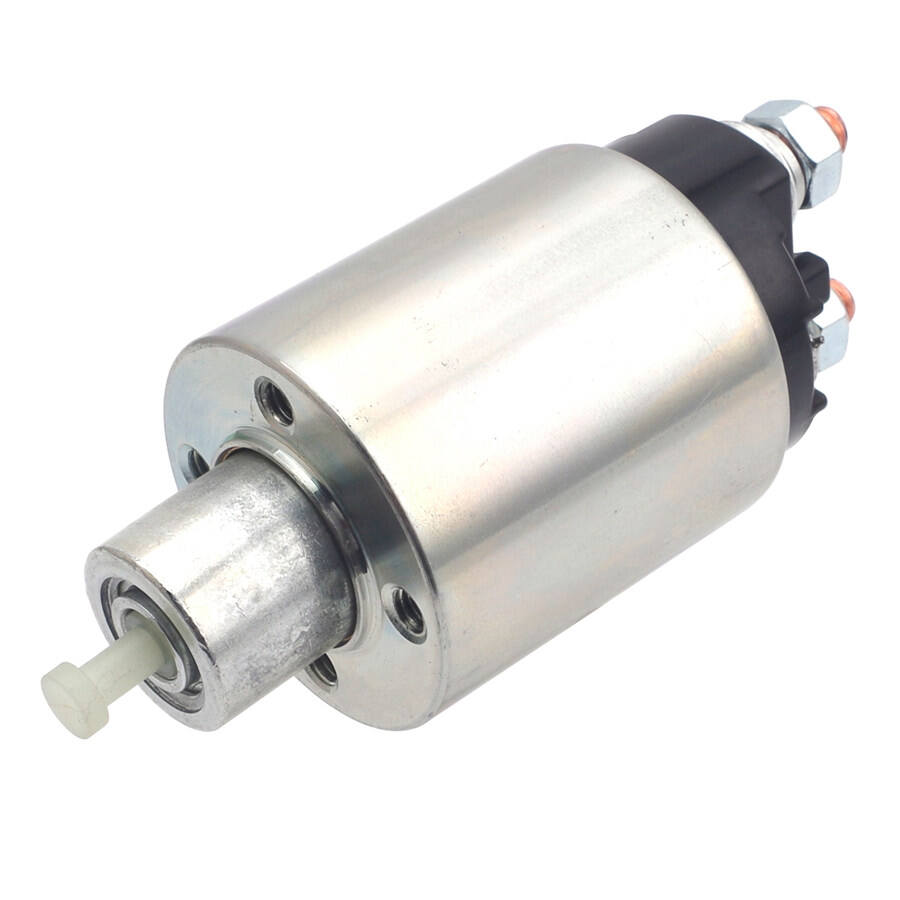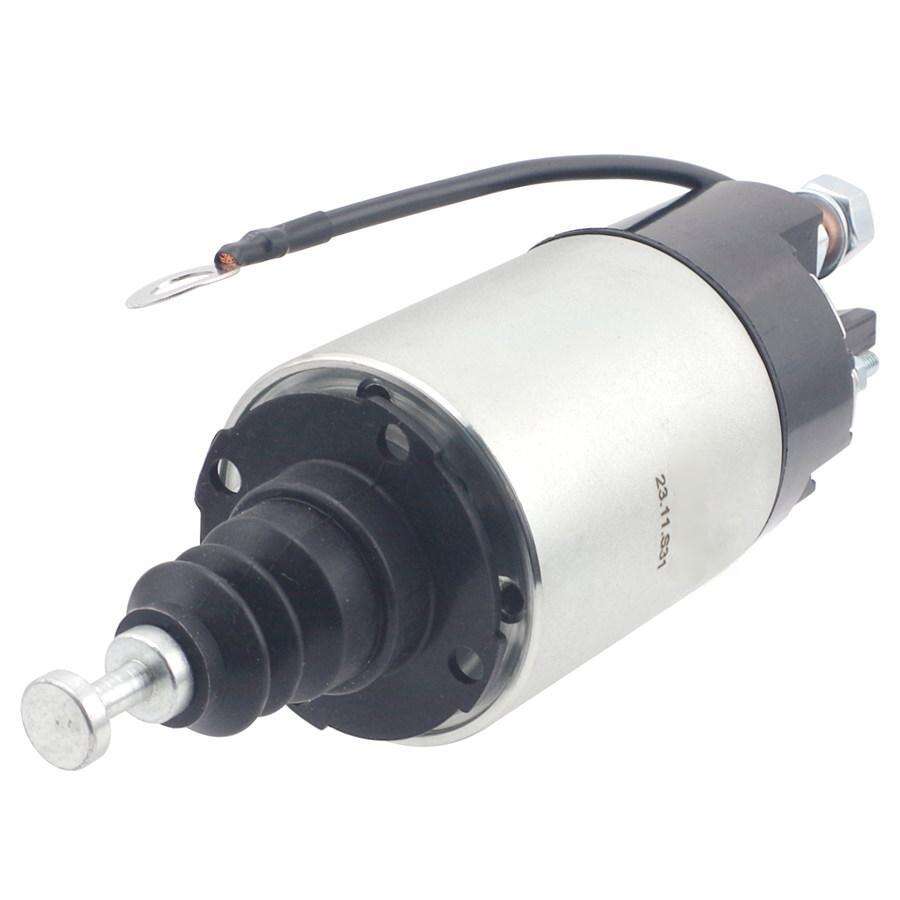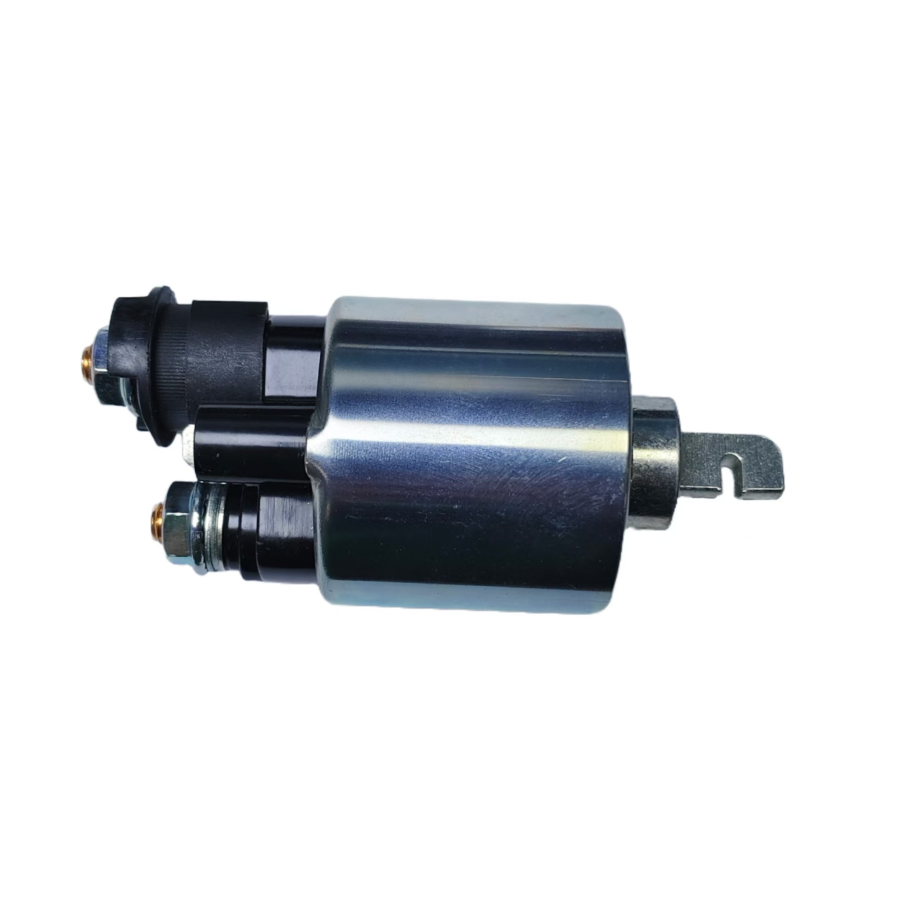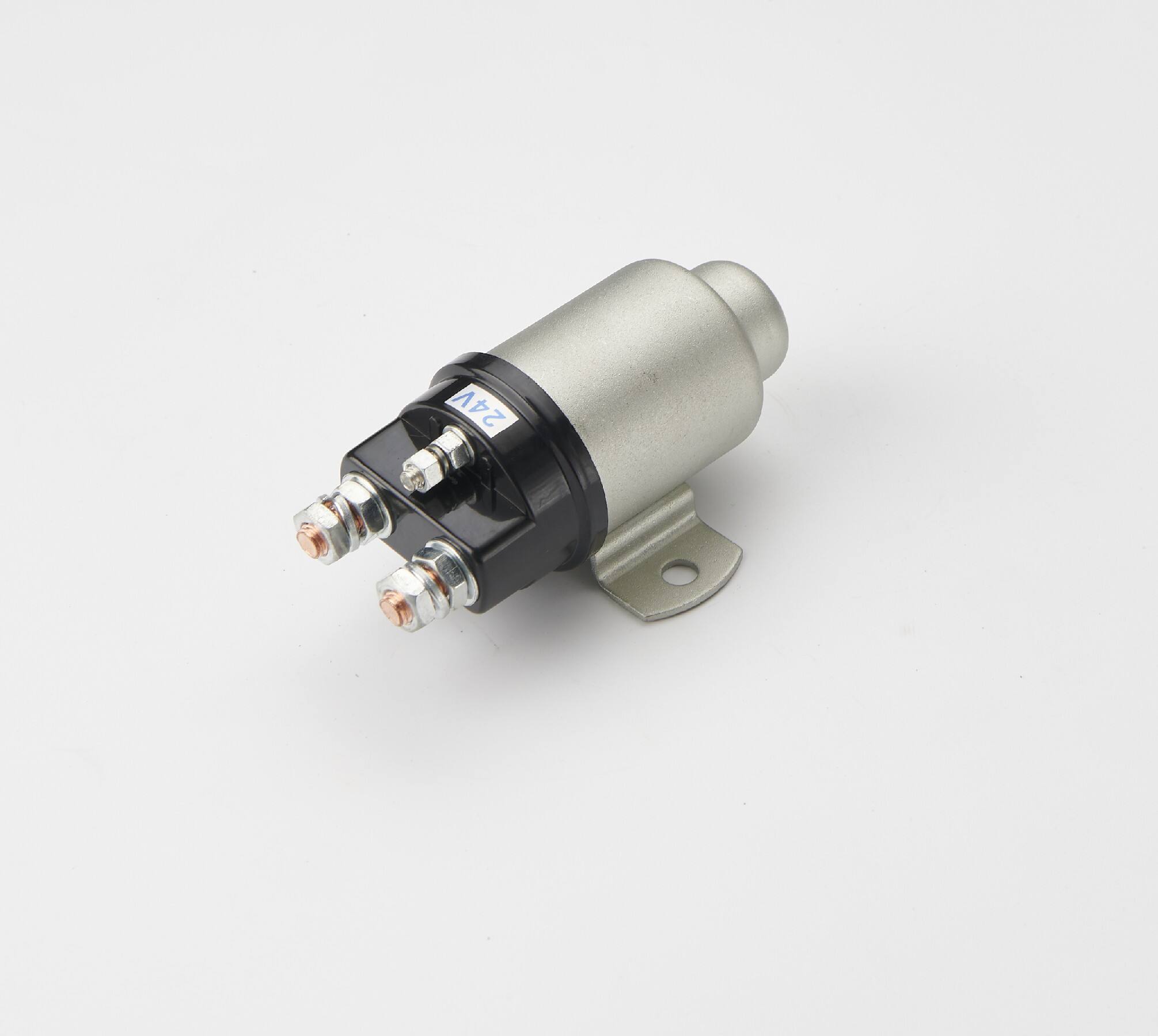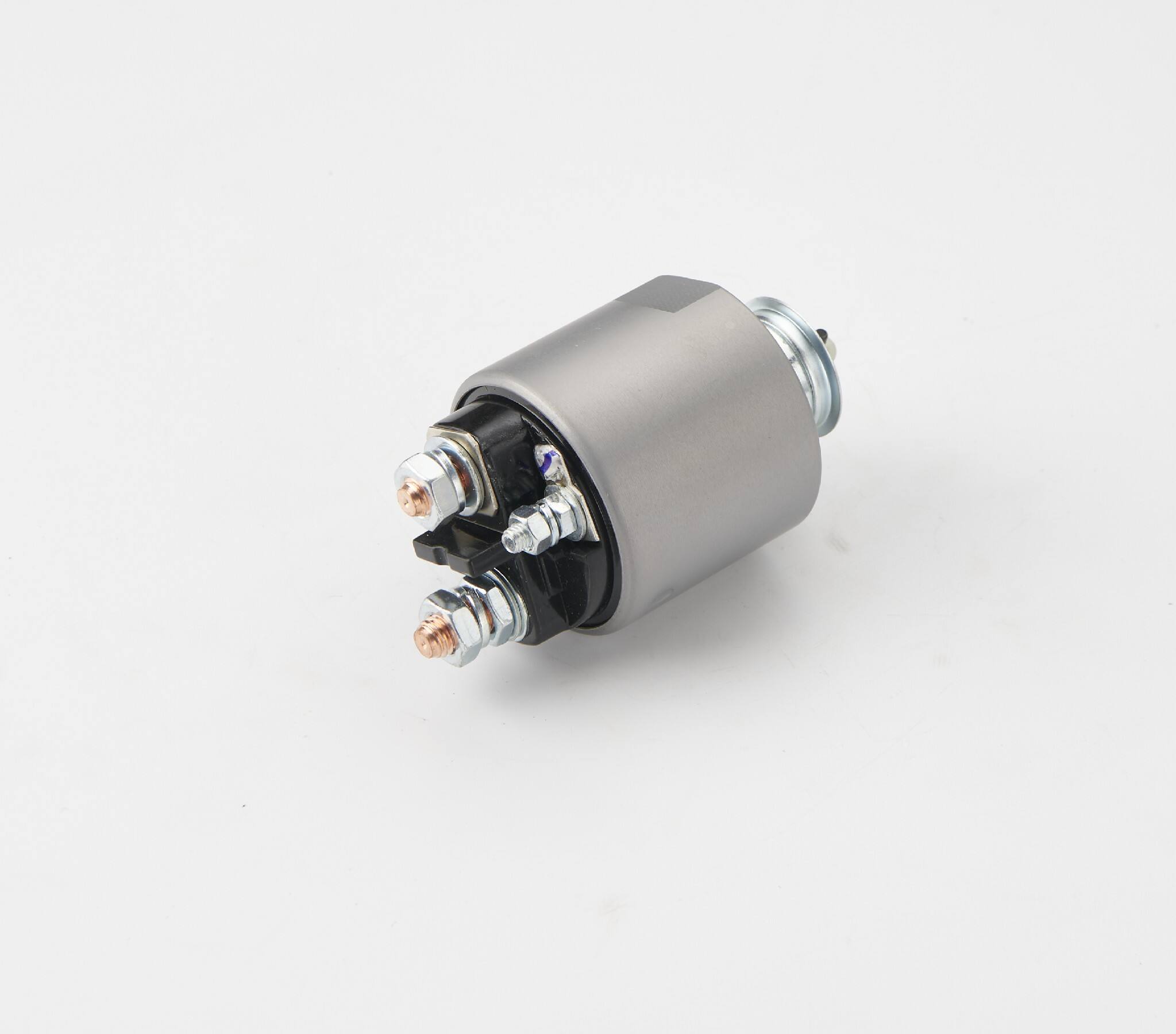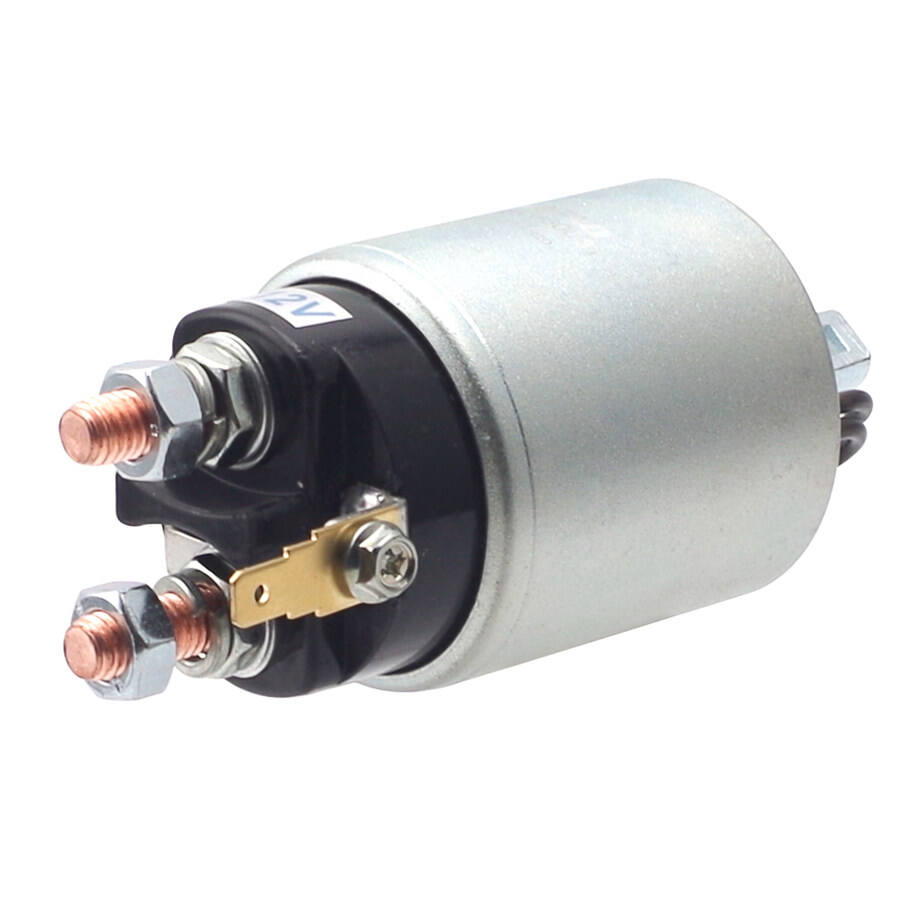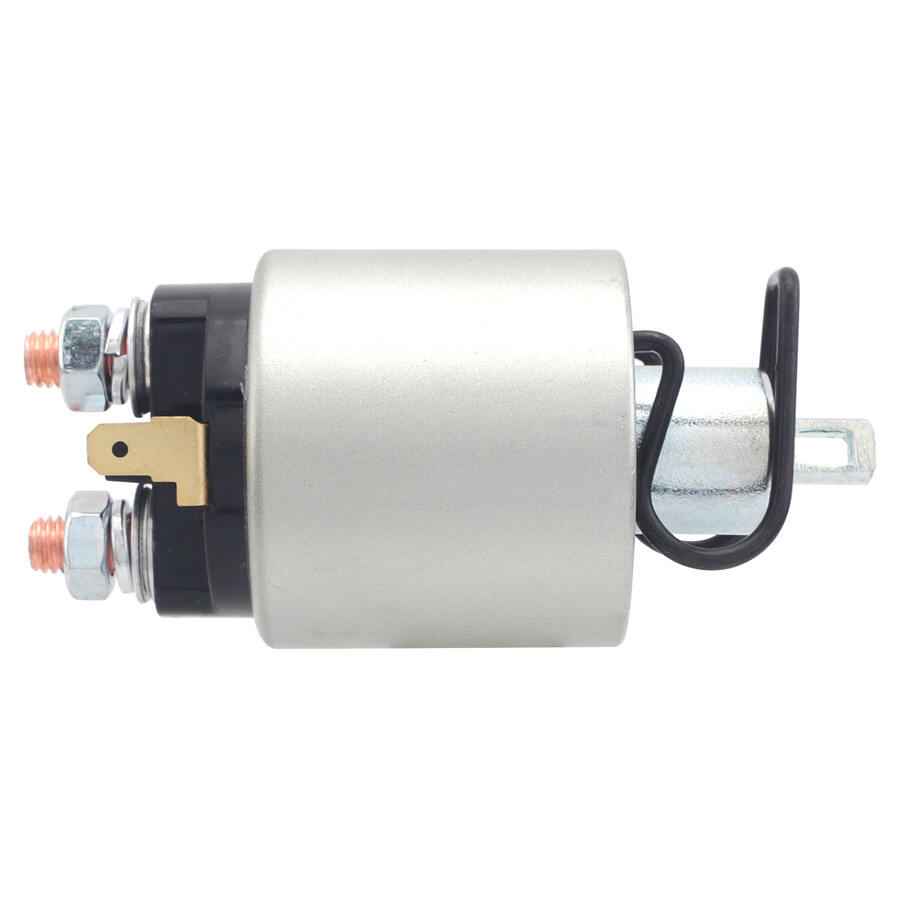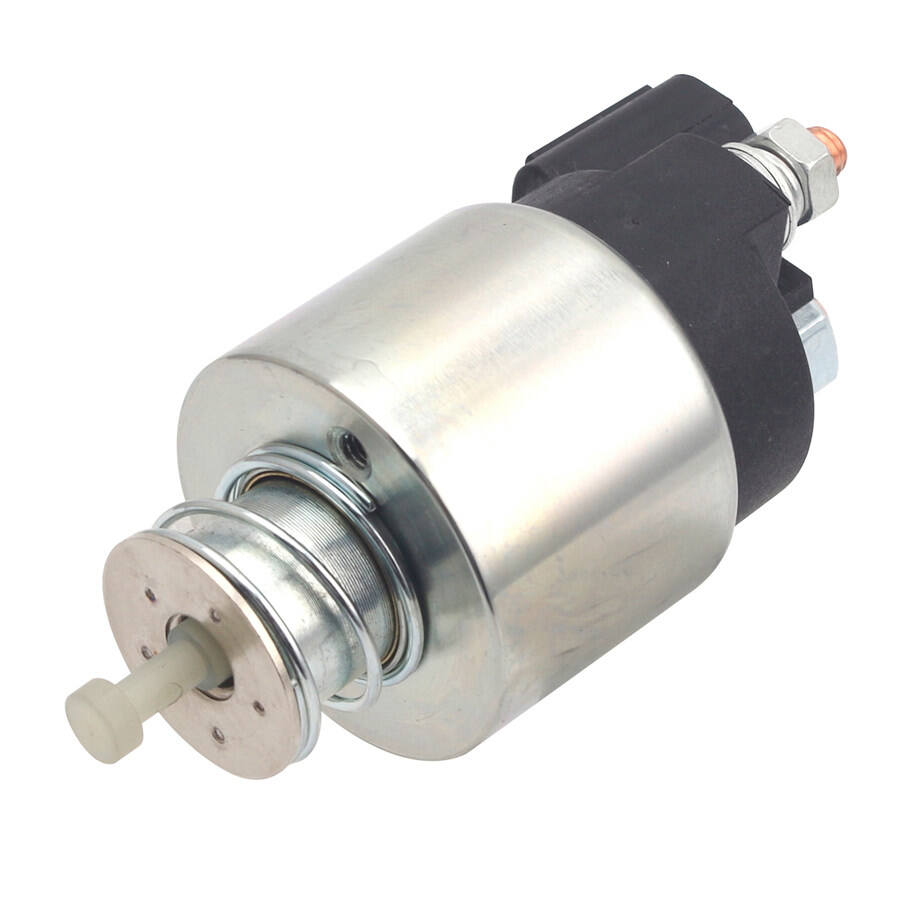solenoid switch in starter motor
The solenoid switch in a starter motor serves as a crucial electromagnetic component that facilitates the engagement and disengagement of the starter motor with the engine's flywheel. This vital device acts as both an electrical switch and a mechanical actuator, performing two essential functions simultaneously. When activated by the ignition key, the solenoid switch first closes a high-current electrical circuit, allowing power to flow from the battery to the starter motor. Simultaneously, it mechanically pushes the starter drive gear forward to engage with the engine's flywheel. The solenoid consists of a coil winding that creates a magnetic field when energized, moving a plunger that accomplishes both the electrical and mechanical actions. Modern solenoid switches incorporate advanced features such as copper contacts for improved conductivity, sealed housings for protection against environmental factors, and integrated return springs for reliable disengagement. The technology has evolved to include overload protection mechanisms and enhanced durability features that extend the component's lifespan. These switches are designed to handle the high current demands of starter motors, typically managing currents between 100 and 400 amperes. The precision engineering of solenoid switches ensures consistent performance across various temperature ranges and operating conditions, making them indispensable in automotive starting systems.



